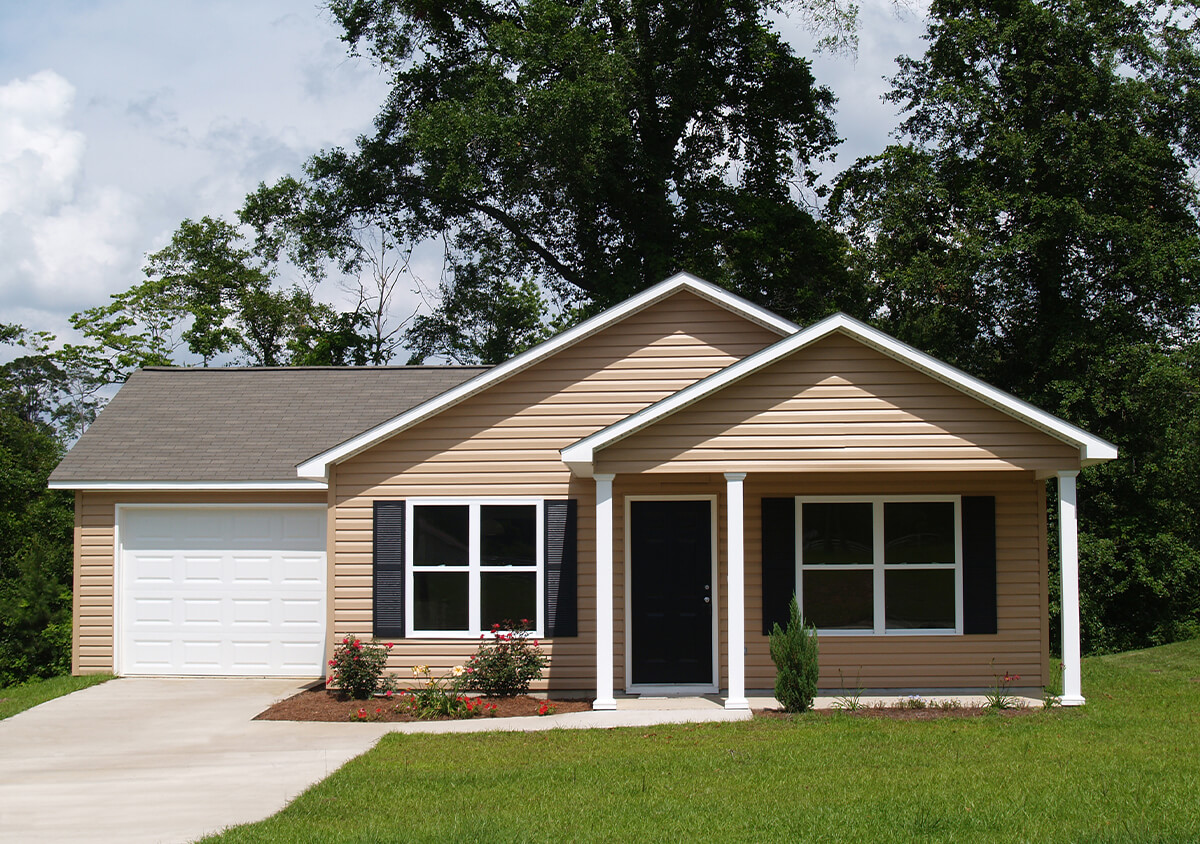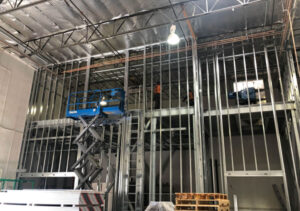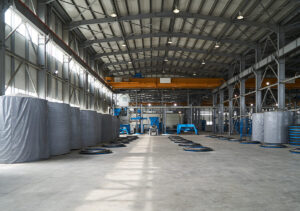California is a land of opportunity, but for many, the dream of homeownership seems increasingly out of reach. The state’s housing shortage, driven by population growth, limited land availability, and rising construction costs, has increased housing prices. This has created a crisis of affordability, forcing many Californians into cramped rentals, lengthy commutes, or even homelessness.
But a glimmer of hope is emerging from within our backyards: Accessory Dwelling Units (ADUs). These smaller, secondary living spaces attached to or within existing homes offer a unique and potentially game-changing solution to California’s housing woes.
What are ADUs?
Imagine a cozy studio apartment above your garage, a charming granny flat in your backyard, or a converted basement transformed into a modern one-bedroom unit. These are all examples of ADUs. They can be attached to your house, built within an existing structure, or even stand alone on your property.
Why are ADUs the answer?
ADUs offer several key advantages in the fight for affordable housing:
- Increased housing supply: Adding a unit to your property creates a new home without developing new land. This injects much-needed supply into the market, helping to ease the pressure on traditional housing options.
- Affordability for all: ADUs are typically smaller and less expensive to build than traditional homes, making them more affordable for homeowners and renters. This creates opportunities for low- to moderate-income individuals and families to access safe, decent housing options.
- Flexibility for homeowners: Homeowners can choose to rent out their ADUs for additional income, helping them offset mortgage costs or even generate a profit. This can be particularly beneficial for seniors or those seeking to age in place.
- Community benefits: ADUs can help revitalize neighborhoods by adding density without overwhelming existing infrastructure. They can also foster a sense of community by creating opportunities for multigenerational living or bringing in new residents with diverse backgrounds and experiences.
Building your ADU dream: A guide for homeowners
Ready to join the ADU revolution? Here are some steps to get you started:
- Know your regulations: ADU development is subject to local zoning and permitting requirements. Familiarize yourself with the specific rules in your area, which can vary greatly.
- Consult with an ADU-experienced residential contractor: Not all contractors are created equal. Find a professional specializing in ADU development who can guide you through design, permitting, and construction.
- Consider your options: There are various ADU types, each with its benefits and limitations. Attached units, detached units, garage conversions, and even basement conversions are all possibilities. Discuss your needs and budget with your contractor to determine the best fit.
- Financing your ADU: Explore different funding options, including loans, grants, and private investment. Many lenders now offer specialized ADU financing programs with attractive terms.
- Embrace the journey: Building an ADU can be an exciting and rewarding experience. Be patient, ask questions, and collaborate with your contractor to create a space that benefits you and contributes to a more affordable and vibrant California.
ADUs are not a silver bullet but represent a powerful tool in our collective toolbox. By embracing these versatile units, we can unlock a wave of affordable housing options, foster stronger communities, and help Californians achieve their dream of home. So, let’s open our backyards, unleash our creativity, and build a brighter future, one ADU at a time.
Remember, building an ADU is a significant undertaking. But with the proper knowledge, resources, and support from experienced professionals, you can turn your backyard into a catalyst for positive change. Let’s build a California where everyone has a place to call home.
Contact Us at (949) 749-5250 for a complimentary consultation.




